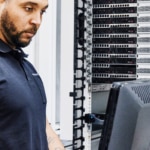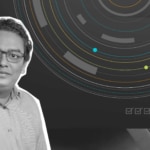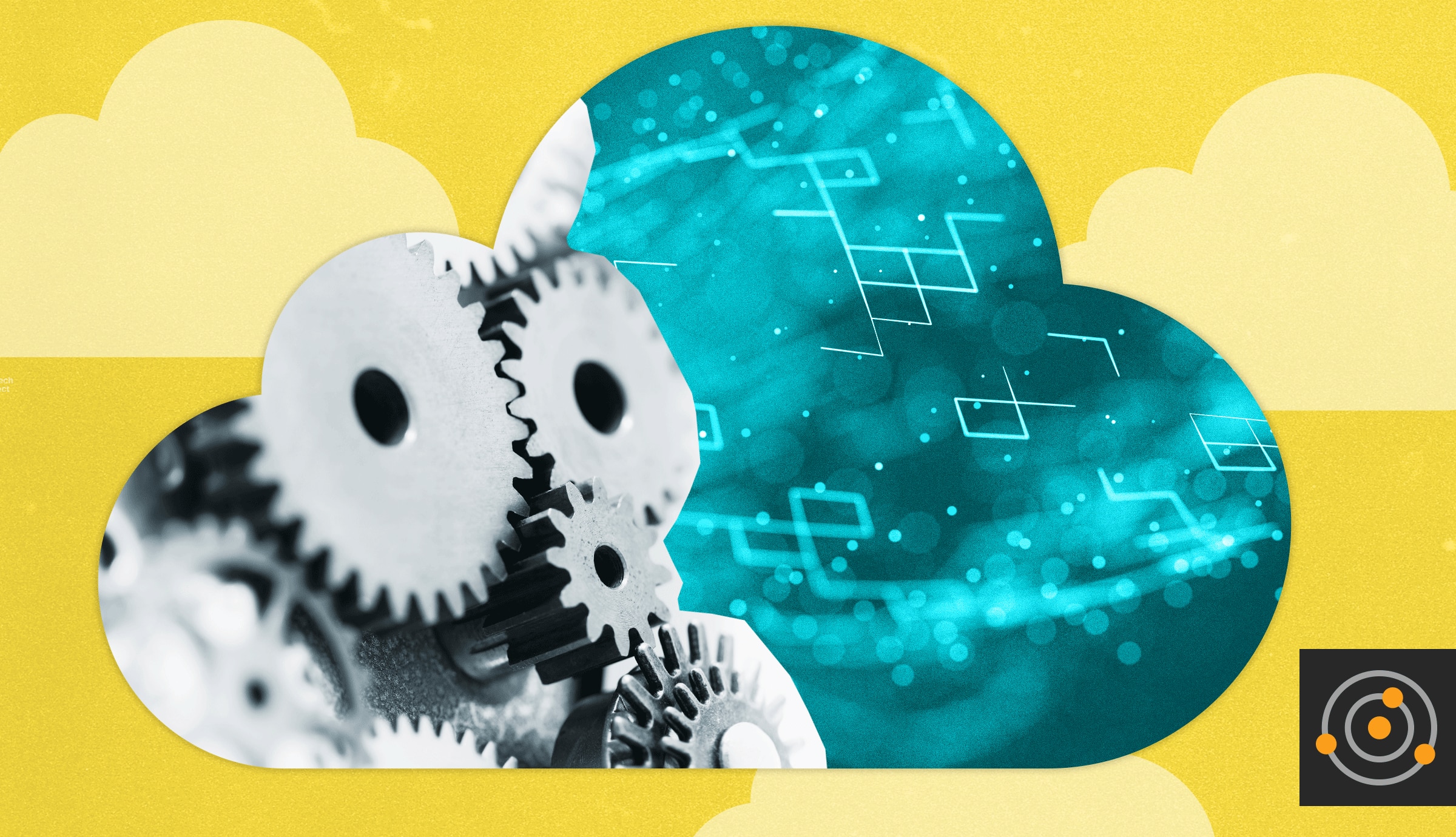Some high-profile trends are changing how IT professionals manage complex hybrid environments. Let’s look at four that are set to reshape observability practices in the coming years.
Sustainability and Green Computing
Emerging Trends: Sustainability is becoming a key consideration for businesses. Hybrid cloud providers invest in energy-efficient data centers and carbon-neutral initiatives to reduce environmental impact. Over the next few years, organizations will likely prioritize hybrid cloud solutions that align with their environmental, social, and governance (ESG) goals. Advanced power management techniques and renewable energy sources will become standard practices among leading hybrid cloud providers.
Impact: While resource tracking has always been a central part of their roles, IT operations (ITOps) and cloud operations (CloudOps) professionals will be expected to place increased focus on optimizing resource energy consumption and monitoring carbon emissions in the years ahead. Observability solutions that incorporate green metrics could help make data-driven decisions to reduce the carbon footprint of IT operations. Offset campaigns, where organizations sponsor initiatives like reforestation to compensate for carbon emissions their operations produce, may also become more common.
Advanced Security Measures
Emerging Trends: As cyberattacks become more sophisticated, advanced security measures such as zero-trust architecture, AI-driven threat detection, and confidential computing are becoming essential. Zero-trust architecture requires continuous verification of users and devices, while AI-driven threat detection helps identify and respond to security threats in real time. Over the next few years, these security measures will likely be more widely adopted to protect hybrid cloud environments.
Impact: The Next-Gen Government IT: AI and Observability Insights Report by Market Connections revealed that careless insiders are almost as significant a threat to organizational security as the general hacking community. ITOps and CloudOps teams will increasingly be expected to embrace an "assume breach" mindset, which encourages a proactive approach to identifying and addressing potential security gaps. By prioritizing the secure connection of users to critical data under strict conditions, these teams can enhance their detection and response strategies.
AI and Machine Learning in Cloud Optimization
Emerging Trends: You may have heard—artificial intelligence and machine learning are becoming integral to hybrid cloud management. According to the latest GigaOm Radar Report, network observability is shifting from traditional monitoring to AI-driven, proactive insights that reduce manual troubleshooting. These technologies can analyze data flows, optimize workload distribution, predict and mitigate security threats, and streamline resource allocation. Over the next few years, AI-driven automation tools will become more sophisticated, enabling real-time decision-making and proactive issue resolution.
Impact: The question for ITOps and CloudOps professionals is not whether to adopt AIOps tools, but how. Implementing AI and machine learning requires careful consideration of scalability, context, computing resources, model accuracy, and costs beyond developing algorithms for specific data. Balancing the potential benefits of AI-driven solutions with careful planning will be crucial in making the most of innovations in machine learning. Check out Krishna Sai’s series on AIOps adoption for critical insights on how your organization should approach artificial intelligence.
Edge Computing Integration
Emerging Trends: Edge computing involves processing data closer to where it is generated, such as in IoT devices, autonomous vehicles, and smart cities. This reduces latency and enables real-time decision-making, which is crucial for applications that require immediate responses. Over the next few years, edge computing is expected to account for a significant portion of enterprise data processing, further solidifying its role in hybrid cloud architectures.
Impact: As edge computing evolves, IT professionals may find themselves expected to manage edge devices alongside their on-premises and cloud environments. The benefits could be significant—observability solutions that can integrate edge devices with both on-premises and cloud environments could offer more comprehensive analysis of network performance, traffic flow, and path latency.
Evolving Roles May Shift IT Department Structures
Hybrid cloud is likely to remain the most common type of IT infrastructure for its flexibility, security, and cost efficiency. However, technological advancements, more sophisticated threats, and environmental considerations are bound to change how ITOps and CloudOps teams manage these environments. They may even prompt us to rethink the structure of our IT departments. Could making them into a single team be more effective?







